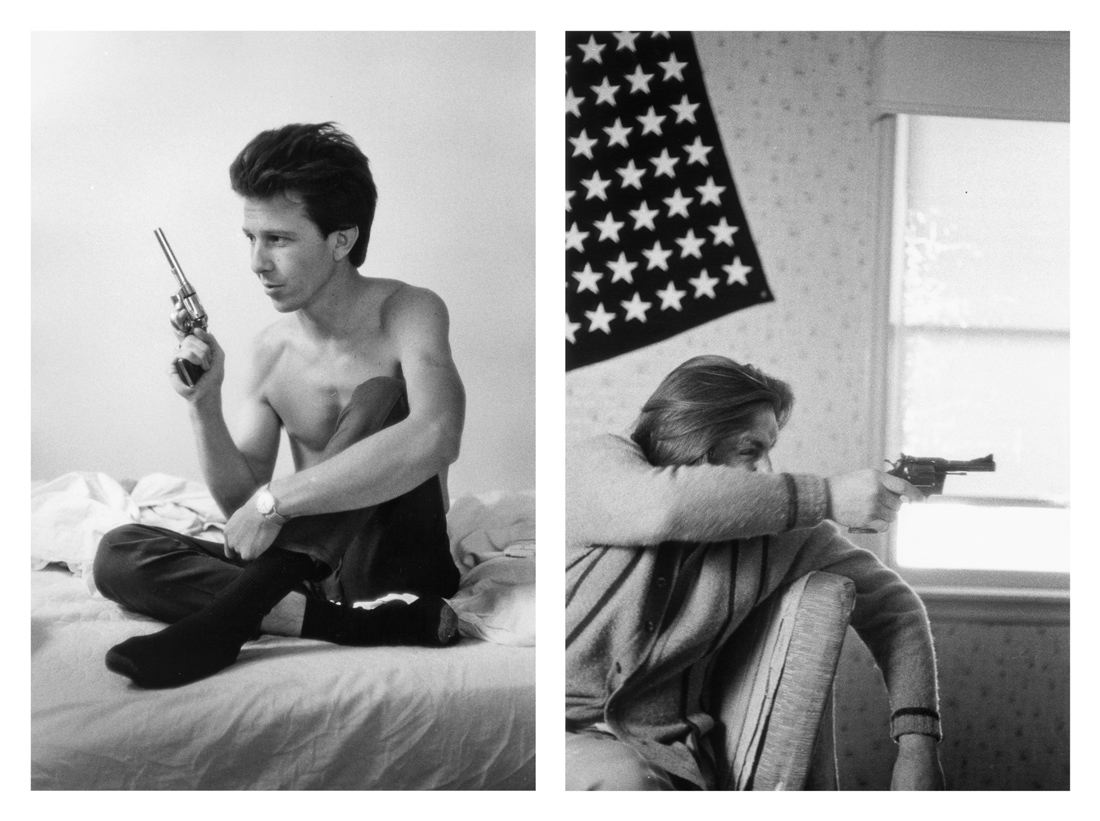
This powerful Larry Clark retrospective fully conveys the universe of one of the most maudit American artists of his generation. From the first, shocking images of Clark’s native city in the series “Tulsa,” 1963–71, to the latest, extremely sensual images of the young Latin American skateboarder Jonathan Velasquez, Clark gives us a visual diary of the extended family of people with whom he has shared his experiences. The atmospheres recall artists whose modi operandi are close to that of Clark, such as Nan Goldin, and evokes settings favored by filmmakers such as Scorsese or van Sant.

Clark works directly on the “skin” of the image: The lens becomes an intrusion into the private lives of his antiheroes, documenting daily rituals like eating, sleeping, having sex, and doing drugs. The totality of the snapshots reveals—without taboo—friendships and loves, but also the fragility and solitude of life.
The artist adopts a direct and realistic approach, disregarding anything so exasperating as aesthetic constraints; the apparent negligence of the form, though, only barely masks his talent for reconstruction, repetition, and sequencing of images. This approach to reality becomes more dialectic than specular, and transforms the act of photographing into a self-referential practice that responds to its own rules and principles, where every shot captures instances and removes them from the continuous whole of past experience. His photographs have the power to create scenes that elude the acquiescences or idealizations of memory, creating an alienating short circuit between the moment of the glance and that frozen by the image. Memories appear in their full immediacy, flaunting themselves, shameless and winking with intimacy, constantly expecting an disruption by the viewer/voyeur who trespasses into a realm where he or she inevitably remains an intruder, a consumer by proxy.

Larry Clark
Musée d'art moderne de la ville de Paris
11 avenue du Président Wilson
October 8–January 2
By Marguerite Shore for Artforum.


